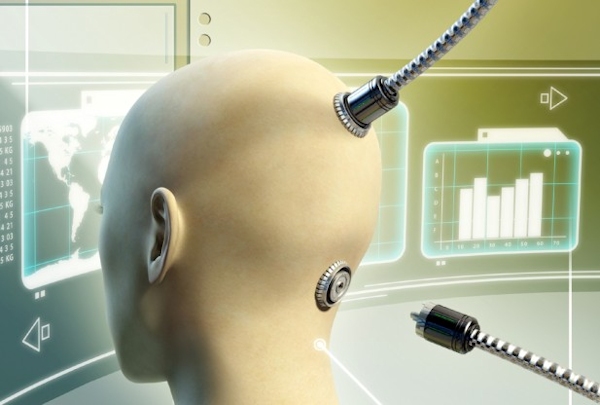[From redOrbit, where the story includes a video]
Researchers Aim To Boost Accuracy of Augmented Reality Technology
September 17, 2012
Lee Rannals for redOrbit.com – Your Universe Online
The same technology used to produce that first down line on television at an NFL football game is also being used to help future surgeons perform operations.
Augmented reality, or “AR,” is the computer-generated virtual objects that sports fans have grown to both love and hate over the years. While there have been AR successes like the yellow line in football, there have also been failures like that seen in the NHL when they tried to use AR to highlight the constantly moving location of the hockey puck on the ice.
AR has become familiar to a big slice of the American populace thanks to its use in televised sports, but new research backed by the National Science Foundation (NSF) is making the technology even more accurate.
Computer Scientist Edward Swan and his colleagues at Mississippi State University (MSU) are working to improve depth perception in the augmented reality environment.
“As AR continues to develop, with many of the ideas for mobile AR now being ported to PDAs and improved hardware for medical and other relatively stationary applications, his ongoing AR perception research is paving the pathway for working AR systems,” Lawrence Rosenblum, program officer for graphics and visualization within the NSF Directorate for Computer and Information Science and Engineering, said in a press release.
One of the challenges that the research team is trying to overcome is matching an object in the real world so that it is able to precisely line up with virtual objects. In football games, for instance, announcers often remind viewers that the yellow line is not an exact representation of the first down marker. Well, in the future, when Swan and his team have accomplished their task, that line might be more exact than the chains the referees pull out to measure the distance to a first down.
While all that precision might seem unnecessary for a football game between the Dallas Cowboys and New York Giants, in the world of medicine it could save lives.
“Imagine an application where you have a surgeon trying to align a scalpel in relation to virtual graphics that are also in view,” Swan said in a press release.
“The surgeon would look at the patient and be able to see into their skin. So, instead of looking to one side and seeing the scanned information on a monitor, they would look at the patient, but it’s as if they’re looking into the patient, as if the patient has become somewhat transparent at that spot.”
In Swan’s lab, volunteers use the team’s augmented reality haploscope to position virtual objects and real ones. The volunteers see an object that looks exactly like a physical one, and their goal is to perfectly align the physical object with its augmented-reality counterpart.
“The purpose of the head-mounted display device is to display an image in stereo,” graduate student Gurjot Singh said in the release. “I have two transparent screens in front of my eyes, which display a stereo screen. This thing on my head is a tracking device, which tracks my head when it moves, and the device sends information to a computer through this wire.”
He explains that once the computer receives the information, it draws the scene on the screen based on this information and the object’s location in space.
“That’s how, when I move my head, you can see the scene is updated on the screen,” Singh explained in the release.
He says the earlier version of the device was extremely heavy, and the optics were made of glass. The latest device has optics made of plastic, however, which makes it both lighter and brighter than its predecessor.
“It gives a more compelling immersive experience than our last one,” says Singh.
Surgeons are not the only ones who will benefit from the team’s research. Swan believes the military will probably find practical applications for more accurate AR as well.
“The idea is that soldiers would walk around with an augmented reality display on their head. They would be able to see the real world with their actual vision and we would be able to show them graphics that, if we did it right, would look just like they were also real objects in the world,” says Swan.
While in battle, solders must be able to constantly assess what is happening on the ground. As augmented reality improves, the soldiers will need to combine that situational awareness with commands or warnings that are sent through their goggles or helmet.
“You don’t want to fill someone’s field of view with graphics that are going to block too much of their view of the real world,” Swan said in the press release.
